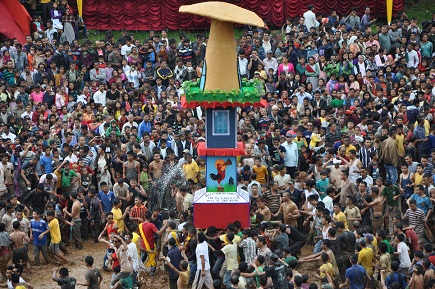
SHILLONG, JULY 16: The Behdienkhlam festival – one of the most popular religious festivals of the Pnar( a tribal community in Jaintia hills district of Meghalaya) concluded on Wednesday as thousands of devotees and spectators coming from all over Khasi and Jaintia hills even the tourists witnessed the colourful celebration held at “Aitnar” – a sacred pool.
Organized annually by the Seinraij Jowai, this unique festival is held after the sowing season is over so as to overcome any destructive forces of nature including diseases by invoking the God for a good harvest.
The Behdienkhlam literally means driving away the plague as “Khlam” means ‘Plague’ and “Beh Dein” means to drive away the plague.
Participating in the festival, niamtre faithful both young and old from various localities like Iongpiah, Dulong, Panaliar, Loomkyrwiang, Chilliangraij, Loomiongkjam, Tpep-pale Iawmusiang, Ummulong and Shillong Sein Raij brought their well-designed colourful ‘Rots’ or ‘Raths’ at Aitnar.
This year, more than 11 ‘rots’ were displayed during the festival.
The various rots carries with them different meaning and messages depicting the present social, political and economic issues of the state and apparently the Behdienkhlam is not all about driving away sickness but to also drive away such social evils that is inflicting the society.
The elders of the Sein Raij, including the Dolloi (religious heads) performed various ritual before the rots were brought to the pool.
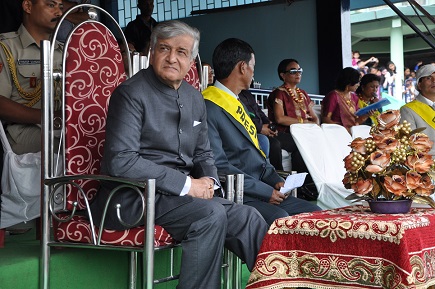
Earlier, the ‘Symbud Khnong’-a log of great length- was brought as thousands of people thronged to get a chance to touch it. It is believed that by touching the Khnong, it will protect them from all sorts of sicknesses besides bringing them prosperity.
Meghalaya governor KK Paul, PWD minister Sniawbhalang Dhar, his brother Ngaitlang Dhar, also an MLA from Umroi and other dignitaries witnessed the festival.
Addressing the gathering, Paul said, “It gives me immense pleasure to participate in the celebration of this important festival of the state.” He also hoped that festival will bring peace, progress, a rich harvest and prosperity.
Stating that India is a vast country which is culturally rich with lots of diversity, Paul said, “The strong ties amongst its people and the cultural bonding make it the best example of unity and diversity.”
The other highlight of the day was the ‘Dat Lawakor’- a football match with a wooden ball between the team of U Langdoh representing the Pynthor-Wah and team of U Sangot representing the Pynthor-Nein was played at Pohsawiar.
Pynthor-wah and pynthor-nein are the two famous paddy fields of the people which are also known as the ‘Rice bowl of the Jowai’.
It is believed that, if the Langdoh’s team won the match, paddy will grow abundantly at Pynthor Wah and if the Sangot-Pasweth’s team won the match, then rice will grow abundantly at Pynthor-Nein.- By Our Reporter

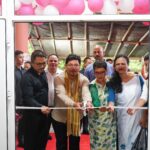
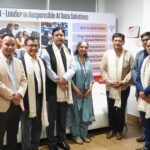
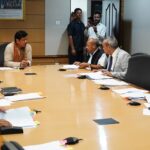
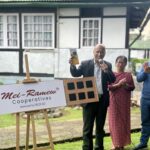

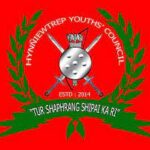


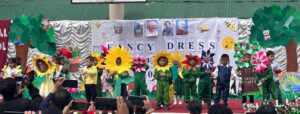
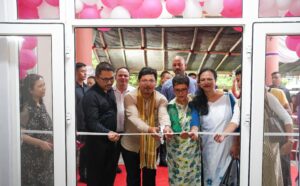
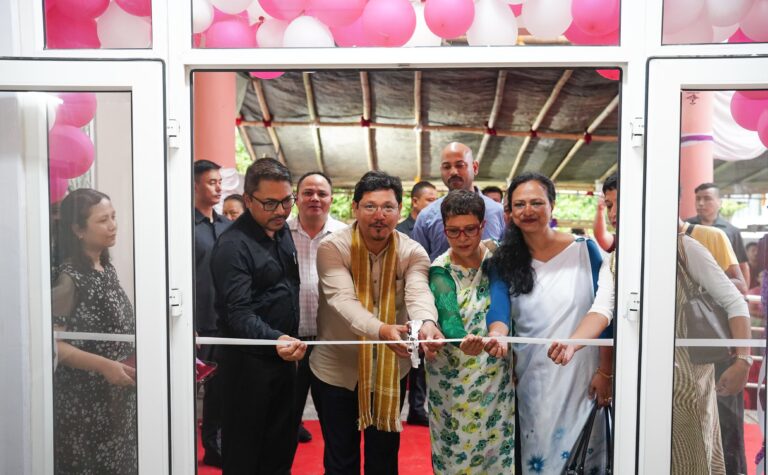
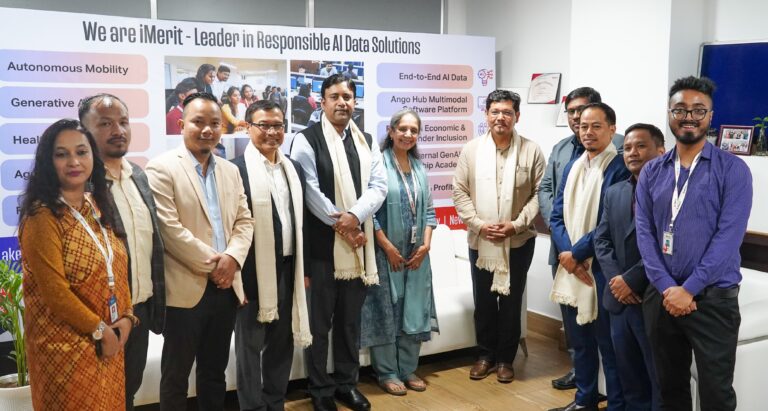
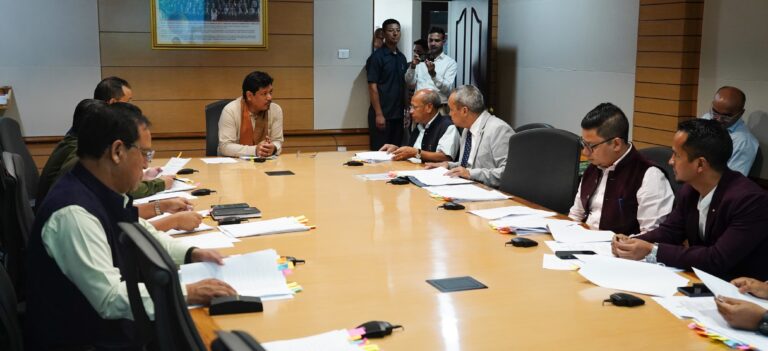
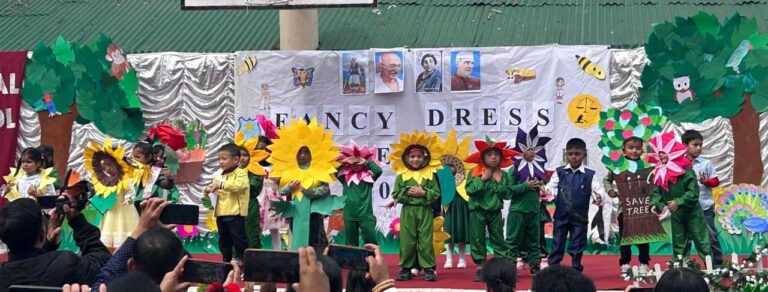
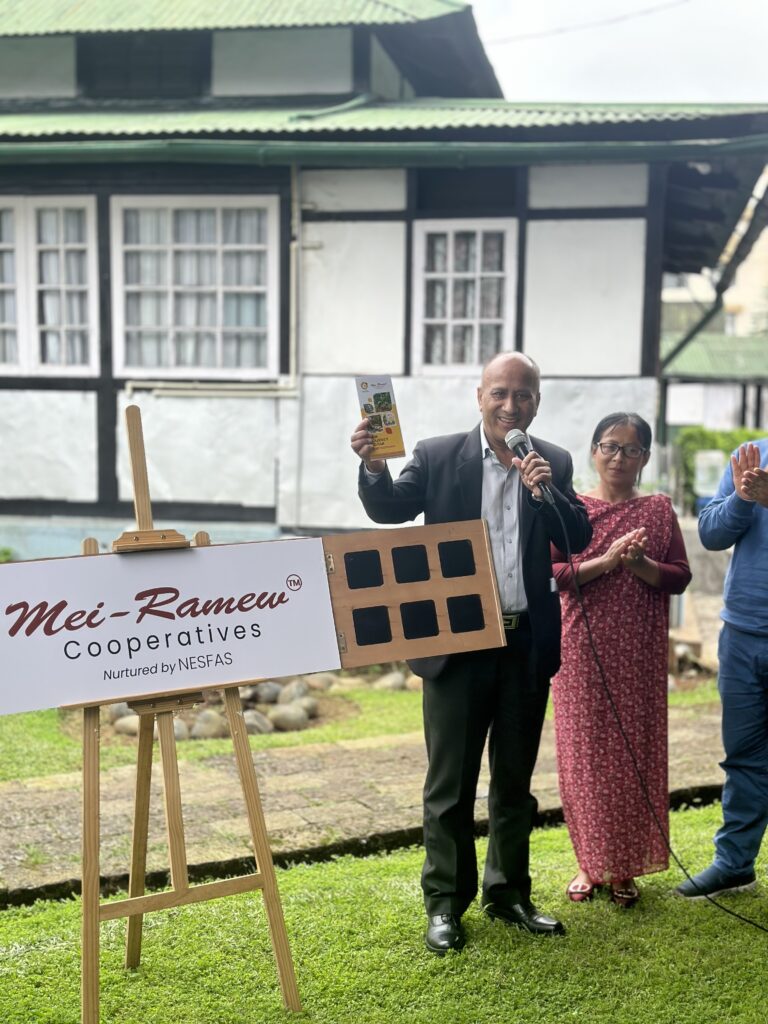
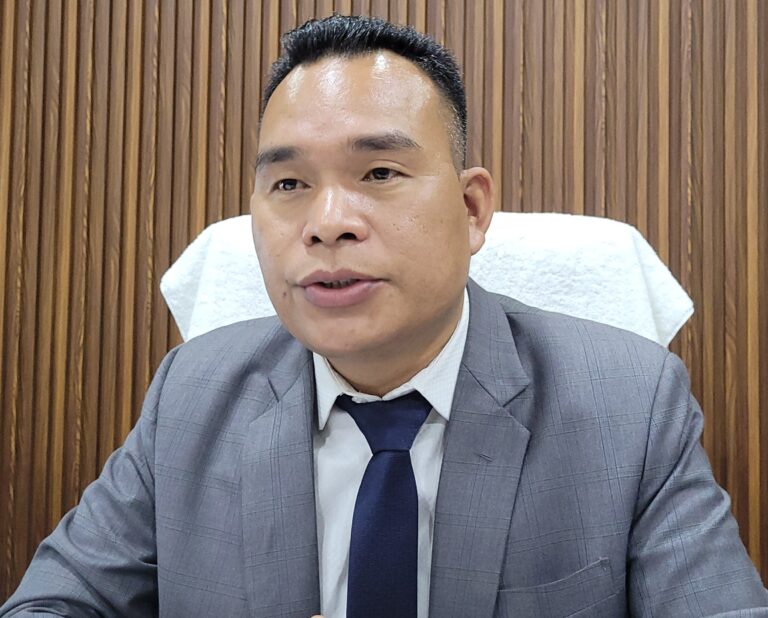
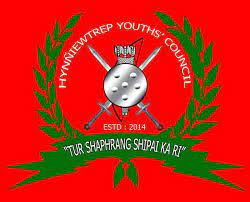

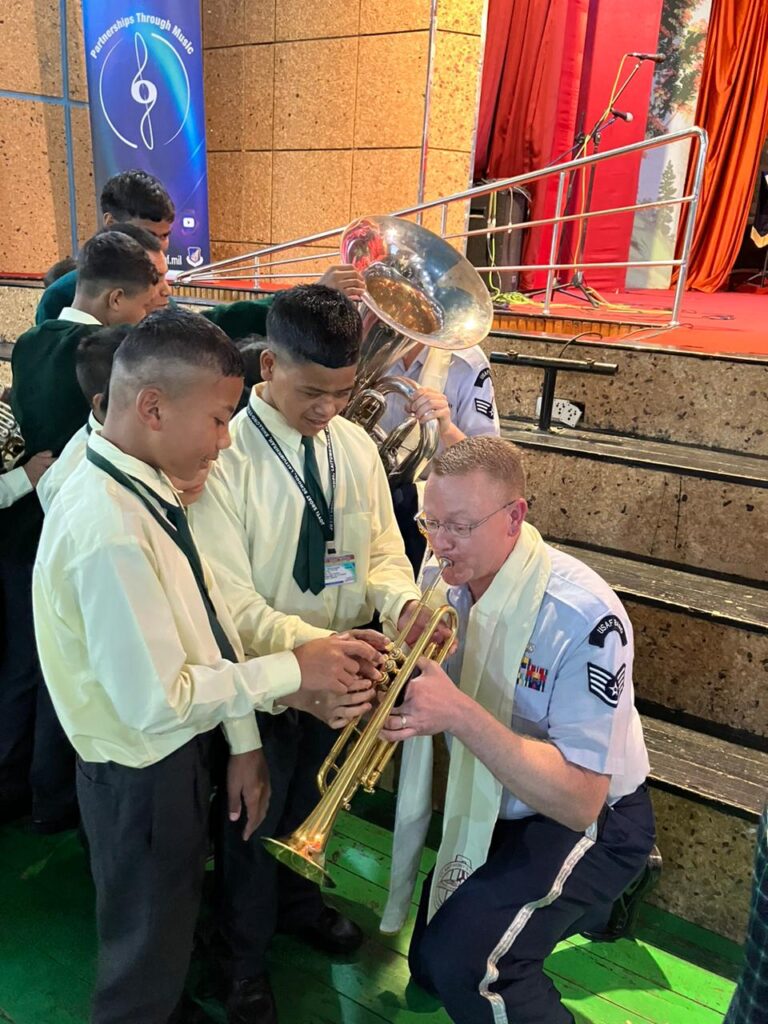
Dear Madam, dear Sir,
I will be travelling to Meghalaya this July and am very interested in learning more about local culture, customs and traditions. I would wish to attain some festivities, as I am very interested in Indian religions and local folk religions as well. I was wondering if you could give me the date and location of the Behdienkhlam celebration of 2016 please.
Also if you could inform me about more religious festivals taking place in Meghalaya between the 20th of June 2016 and the 20th of July 2016, I would be very grateful.
Thank you for your consideration and have a wonderful week,
Brice Bestenheider